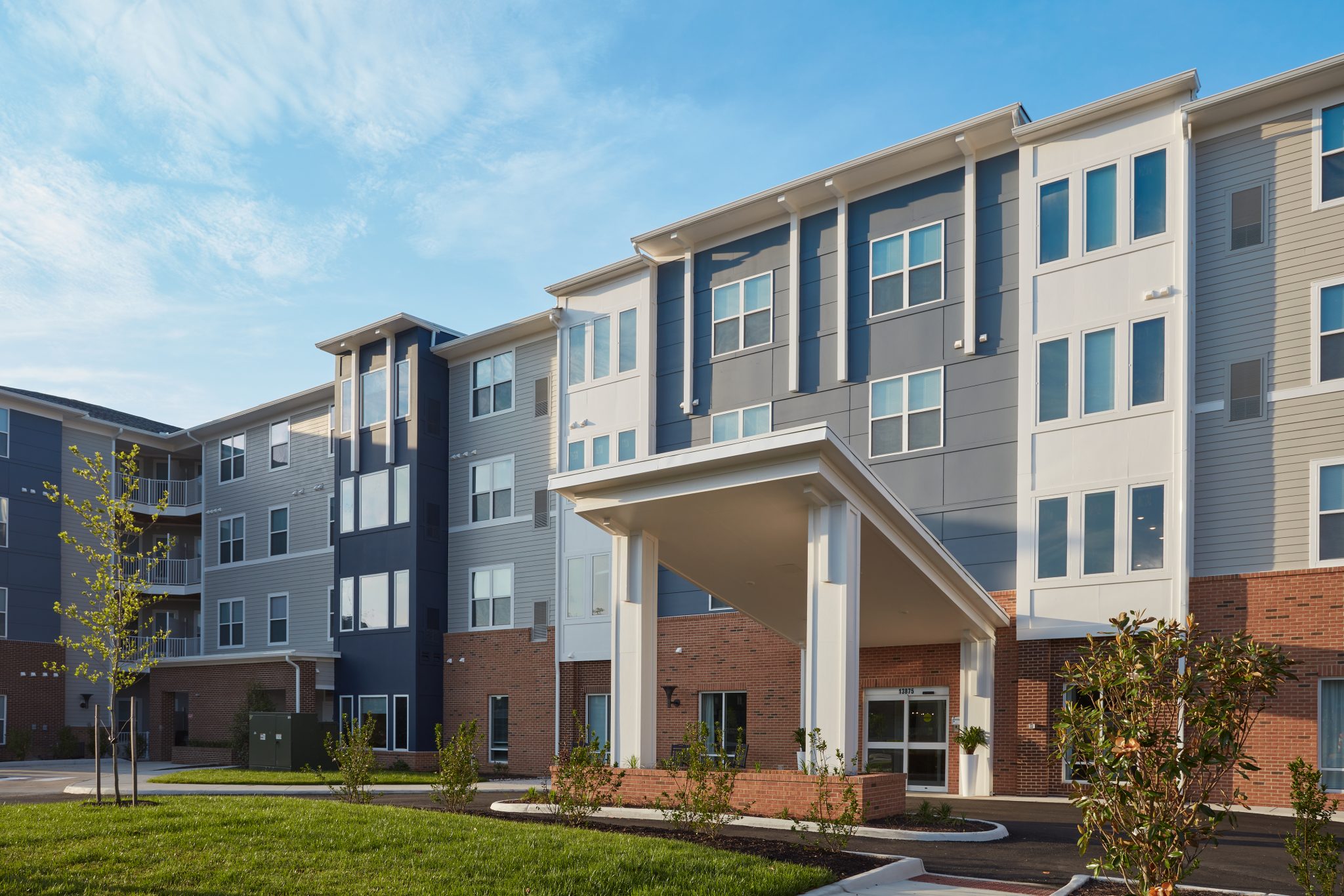Dementia and Alzheimer’s disease are a challenge both for those who live with either and for those who care for loved ones with these conditions. As the disease progresses in these patients, they’ll find it harder to care for themselves, become more agitated and need more care.
Many different conditions come under the umbrella of dementia and Alzheimer’s disease. One of these is cortical dementia or posterior cortical atrophy. The Alzheimer’s Association reports that up to 5% of people diagnosed with Alzheimer’s have posterior cortical atrophy, although it may be as high as 15% because it often goes unrecognized because of uncertainty of a good cortical dementia definition.
>> Read “Understanding the Different Types of Dementia”
The difference between cortical dementia vs. subcortical dementia, another type of dementia, is its location in the brain. Subcortical dementia develops in the region of the brain called the subcortex. Cortical dementia, or posterior cortical atrophy, occurs in the outer layer of the brain, called the cortex and popularly known as gray matter.
Find out about cortical dementia and posterior cortical atrophy, what symptoms to look for and how it’s treated.
Explore Acclaim at Belmont Bay
What Causes Cortical Dementia?
Cortical dementia, or posterior cortical atrophy, is the gradual, progressive degeneration of the cortex. Primarily, this occurs in the part of the brain in the back of the head, or the posterior. The outer layers of the brain play an important role in such functions such as language and memory.
Doctors are uncertain whether posterior cortical atrophy is a condition separate from Alzheimer’s disease or whether it is a variant.
Many people with posterior cortical atrophy have conditions similar to Alzheimer’s disease, such as amyloid plaques and neurofibrillary tangles, but in a different part of the brain. The damage is similar to those with Lewy body disease.
>> Read “Lewy Body Disease: What Is It, and What Are the Symptoms?”
Doctors are aware of a number of risk factors for dementia, including:
-
-
- aging
- depression
- excessive alcohol consumption
- family history of dementia
- hearing loss
- inadequately controlled high blood pressure
- obesity
- physical inactivity
- smoking
- uncontrolled diabetes
-
What Are the Symptoms of Cortical Dementia?
Although there are a variety of posterior cortical atrophy symptoms, the most common include a decline in thoughts process, loss of language skills, memory loss, and personality changes.
According to Rare Dementia Support, those with this type of dementia might have difficulty with:
-
-
-
- Conducting any task that requires hand-eye coordination
- Cooking, using appliances and other kitchen duties
- Distinguishing between moving and static objects
- Dressing and preparing for the day
- Finding words to express oneself
- Following and engaging in group conversations
- Handling money and change
- Navigating environments
- Reading, spelling or mathematics
- Recognizing familiar faces
- Sleeping
- Telling the time
- Walking or sitting down
- Wandering or getting lost in familiar places
-
-
Some patients experience hallucinations and anxiety. In the early stages, loss of memory isn’t an issue, but it may occur in later stages of the disease.
>> Read “When Is the Right Time to Consider Memory Care?”
Often, people developing cortical dementia first seek care from an ophthalmologist because the first problems are perceived as issues with the eyes. A normal test should be an indication that further diagnosis is needed.
How Can People With Cortical Dementia Live Full Lives?
There currently are no treatments that can slow or halt the progression of cortical dementia. Some drugs are used to alleviate brain dysfunction, but their benefit is not proven. Some patients may be treated for symptoms of anxiety or depression.
Non-drug approaches such as diet, mental activity and physical exercise have all demonstrated benefits for those with all types of dementia.
For people who will continue to live at home, there are a number of ways to adapt your living situation to maximize accessibility. For example, you can simplify the environment by keeping pathways clear of clutter, removing slip hazards such as rugs and mats, or minimizing sharp or hard edges with tape or rubber guards.
>> Read “Home Design Tips for People with Dementia and Sight Loss”
Those caring for seniors with cortical and other forms of dementia can make life easier with few strategies. According to the National Institute on Aging, caregivers can:
- Avoid raising your voice, speak calmly and listen.
- Fill the living environment with familiar or favorite objects.
- Give the person back control whenever possible, such as with their schedule.
- Keep a regular routine, making space for quiet moments.
- Reduce any clutter, and prevent overcrowding of people in the room.
Explore Acclaim at Belmont Bay

Enjoy Life at Senior Lifestyle Communities
For those living with dementia or Alzheimers, a senior community may be able to help. Our Memory Care program exists to create authentic, enjoyable experiences for residents. Senior Lifestyle provides unique, individualized care plans for each resident to ensure they are living life to the fullest.
>> Read “A Day in the Life at Memory Care”
Learn more about our Memory Care program, find out more about Senior Lifestyle or schedule a tour today.

